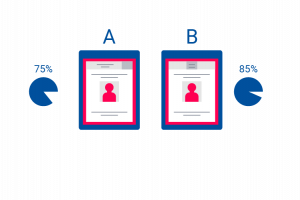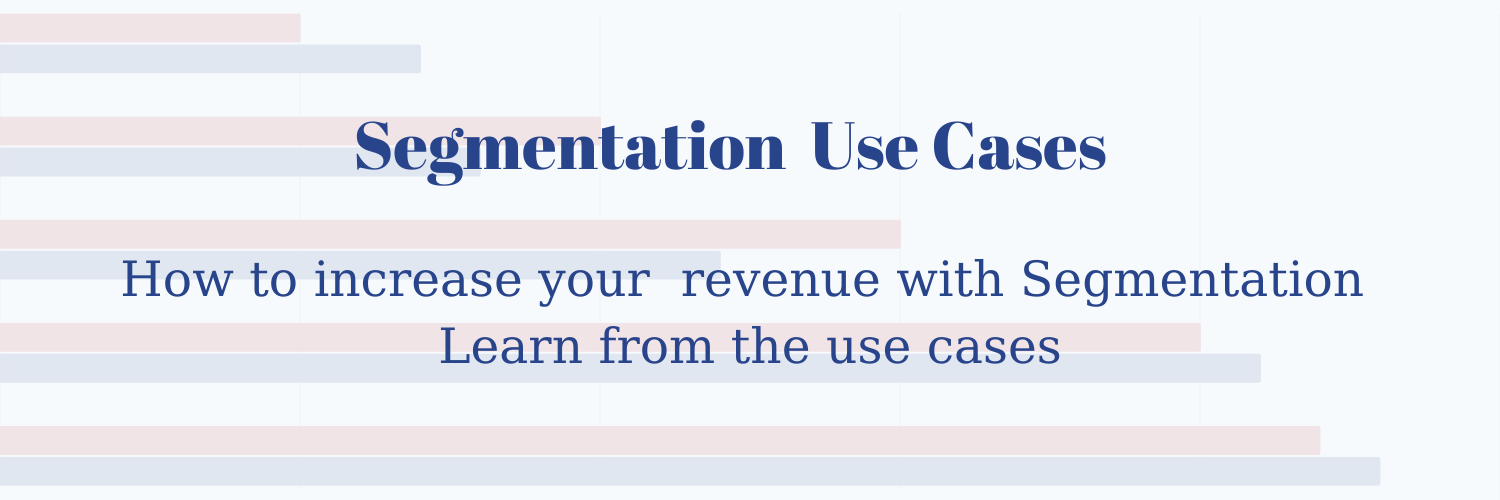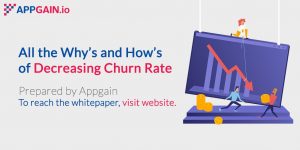Do you want to find out the best ways to use Appgain customer segmentation to increase your revenue in the most effective way? Let’s start.
In this digital world with tons of competitors and users, reaching your target audience properly and engaging with them via segmentation is important.
While doing that, you need to know who you are approaching as the key to the solution. There are some questions you need to answer:
- What is the desired action from the user?
- What is their stage in your customer funnel?
- What will be the tested or being tested strategy to achieve that aim?
At every step of your customer journey, there are some user-behavior KPIs that can segment and target the users with personalized content. Here are some examples:
- The users who purchased several times
- The users who purchased above a specific price
- The users are based on their loyalty level.
- The users who refer
To achieve those actions, you need to know as much as possible about the user.
For this, we use segmentation. You can categorize and approach a specific set of users who have displayed a specific behavior that you have decided on.
Still not sure about its impact and importance? Learn from Harlan Kennedy’s speech at Stanford:
In this blog, we will go over some segmentation use cases to leverage your growth and increase your revenue.
Decrease Your Churn With Segmentation:
Churn rate is one of the strongest indicators of your customers’ satisfaction with your service. So you can go deeper with understanding the reason for the dissatisfaction and solve the struggling steps of your funnel. To find out more about the churn rate, check out our whitepaper about decreasing the churn rate.
To engage with your users more and increase your revenue directly through loyalty, understand when your users stop using your product and segment those with a high churn risk. For example, you can see that most users who have two visits per week tend to churn. Then, segment the ones who have two visits per week and build a specific campaign for them.
Understand the needs of your high-revenue customers:
You would lose $100,00 in income if you lost 20 clients who each paid you $5,000 per year. If you lost the same number of clients who each paid you more than $100k, you would lose $2 million in income.
Specifically listen to your most loyal customers with the highest purchases.
- Creating a segment for your users with ARR > $100k helps you better understand your highest-paying clients’ demands. You can run special campaigns for them, notify them of their types of interests, or ask for their feedback by only reaching out to them.
- You can compare their behavior with other segments or users and try to understand their actions to motivate other customers to do so.
Increase your active users:
After you engage with new users of your app, reach out to them to make your app a part of their routines to keep them involved and engaged.

-
- Create your segment based on the people who have just downloaded your app but don’t often launch it.
- You can segment the users who open the app frequently but have yet to make a purchase. Also, keep in mind that how you define an “active user” will vary depending on the type of app, as not all apps require a purchase every day—or even every week.
- segmentation, the users, to increase this desired action, “purchase.” With that, you can easily increase your revenue.
- You can send discounts or offers for the most recently visited products. Do 360-degree marketing to make them understand your value proposition, or use smart linking in your notifications to retarget them with a specific campaign later. In addition to the regular app push notifications we’re used to, you can also use web push. To learn about its benefits and solutions, visit our web push notification product page.
Create User Habits
Based on your product, be the first to remember when they need something that you can provide.
- Understand when and why your users complete a purchase.
- Create some habits based on those cases.
- If you are a traveling app, create a segmentation of the users who visit your app more than five times in two days during the holiday season and make some recommendations. If it’s summer, send them a blog prepared with SmartLink about how to avoid sunburn.
Make yourself a part of a specific process in which your solutions are involved.
Location-Based Segmentation
Each location sometimes has its own priorities and interests. Here are some examples:

-
- If there’s really bad weather outside at a specific location, it can be a great way to let your users know about your product. If you are a streaming service, you can offer to grab their coffee and watch their favorite movie again.
- If you are a food ordering app, you can remind them that you deliver pizza nearby without them needing to go outside.
In an automated context, you can create segments based on location and run a campaign specifically for that area.
- With each segment, you can create personalized and more effective campaigns at a lower cost.
- Understand your users’ common points and try to run your campaigns on a segment basis.
Develop Your Product With Segmentation
“When developing your product, the key aim is to meet the needs of your users.”
One of the best ways to see if your latest update meets the customer’s needs is to segment them.
- You can segment the users who used your latest feature and compare the increase in the desired action.
- For example, you just added a shortcut for the payment process. Segment the ones who use the shortcut and see if they use it regularly or if the purchase number has increased from previous times. It will give you direct insight into the success of your new feature and give a hint about what to do next.
Segmentation for A/B Testing and Remarketing
To find out what works better or which user is reacting better, we use A/B testing. Now let’s spice it up.

- segmentation of the users based on their reactions to your tests.
- For example, you decided to run two different offer campaigns. You can segment the users based on their reaction to each offer. With that, you will have an insight into their interests, and when you want to increase their engagement, you can directly and specifically build a campaign for them.
Approach Towards Their Purchase Amount
- For more personalized and successful campaigns, you can segment your users based on their number or the total revenue in a day, week, or month.
- If they purchase from your app three times a week, you can notify them when it is stuck at two purchases.
- When a user purchases 3 times a week from your app, you can congratulate them more when they make their 4th purchase to increase the average weekly purchase number.

To reach your max growth and triple your revenue with All-In-One Appgain tools & services, book a quick demo for more information:










